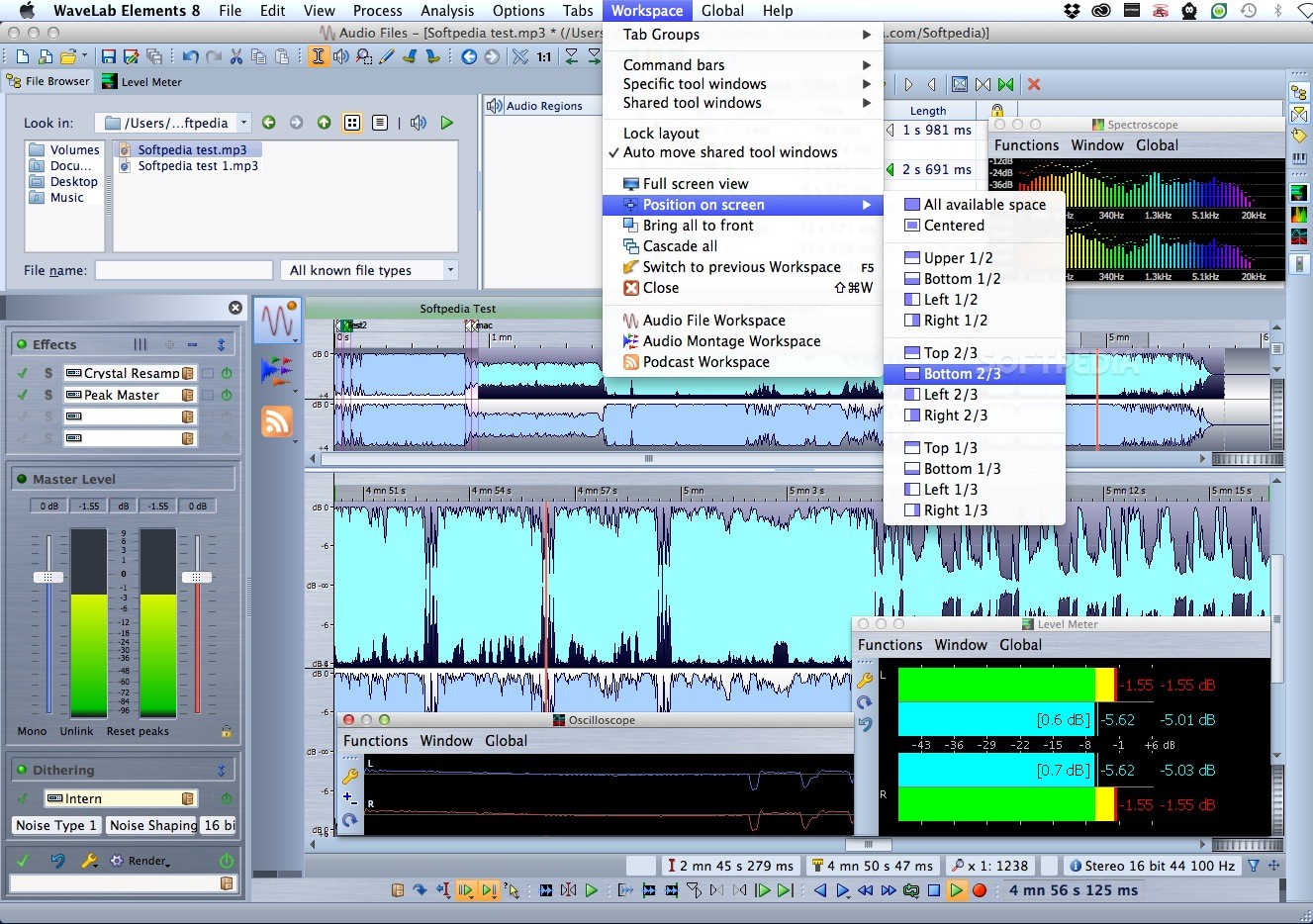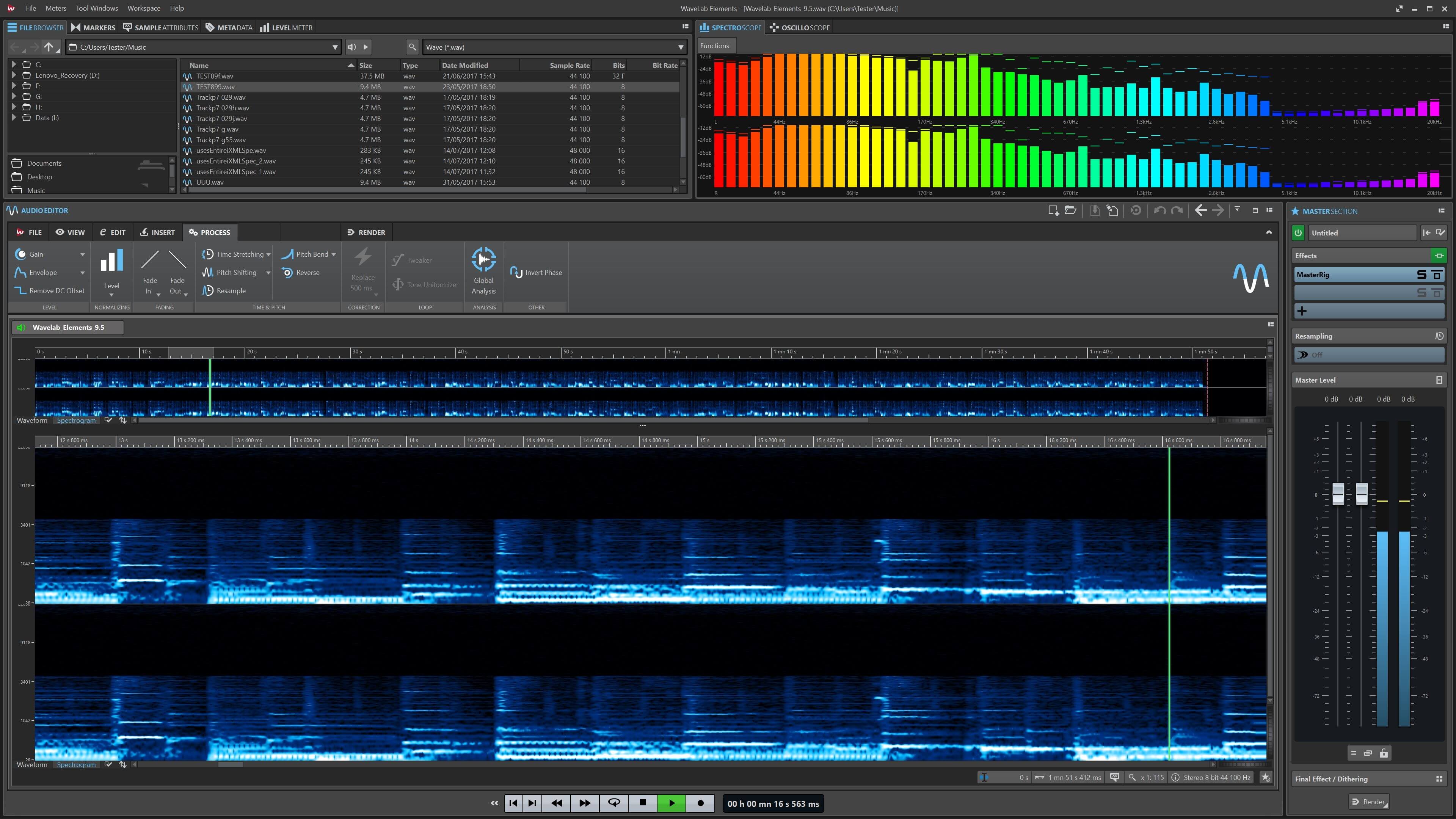

This dialog allows you to insert silence in an audio file. Depending on the file format of the selected audio file, this data varies. Metadata consists of attributes that describe the audio contents, for example, the title of the track, the author, or the recording date of the track. You can change the sample rate and bit depth of audio files. You can render regions of an audio files or whole audio files to a single audio file. This section describes the principal editing operations within the Audio Editor. The tabs in the Audio Editor give you access to the tools and options you need to edit audio files. When you perform editing operations, such as cutting, pasting, or dragging, make sure that the material is inserted at a zero crossing. This makes it easier to position items accurately.Ī zero crossing is a point where the waveform crosses the zero level axis. Dragged elements can snap to these positions. Some positions, such as markers or selection edges, can be defined as magnetic. The channel control area allows you to select channels, and mute and solo single channels of multichannel audio files The channel control area is located on the left waveform in the wave window. You can use the WaveLab Elements editing tools to edit the spectrogram.

The Spectrogram allows you to view the level intensity of each area in the frequency spectrum. Here, you view, play back, and edit individual audio files. The wave window in the Audio Editor displays audio files graphically. This chapter describes the methods for controlling playback and transport functions.Īudio file editing refers to opening, editing, and saving audio files. For example, rename files from within WaveLab Elements or save files in various ways. In WaveLab Elements, you can handle files in various ways. Each environment contains functions that are tailored to the specific purpose of each file type. The Workspace window provides an editing and playback environment for each particular file type. Getting accustomed with these procedures allows you to work more effectively with the program. This chapter describes general concepts that you will use when working with WaveLab Elements. The following list informs you about the most important improvements in WaveLab Elements and provides links to the corresponding descriptions.īefore you start working, you need to make some settings.


 0 kommentar(er)
0 kommentar(er)
